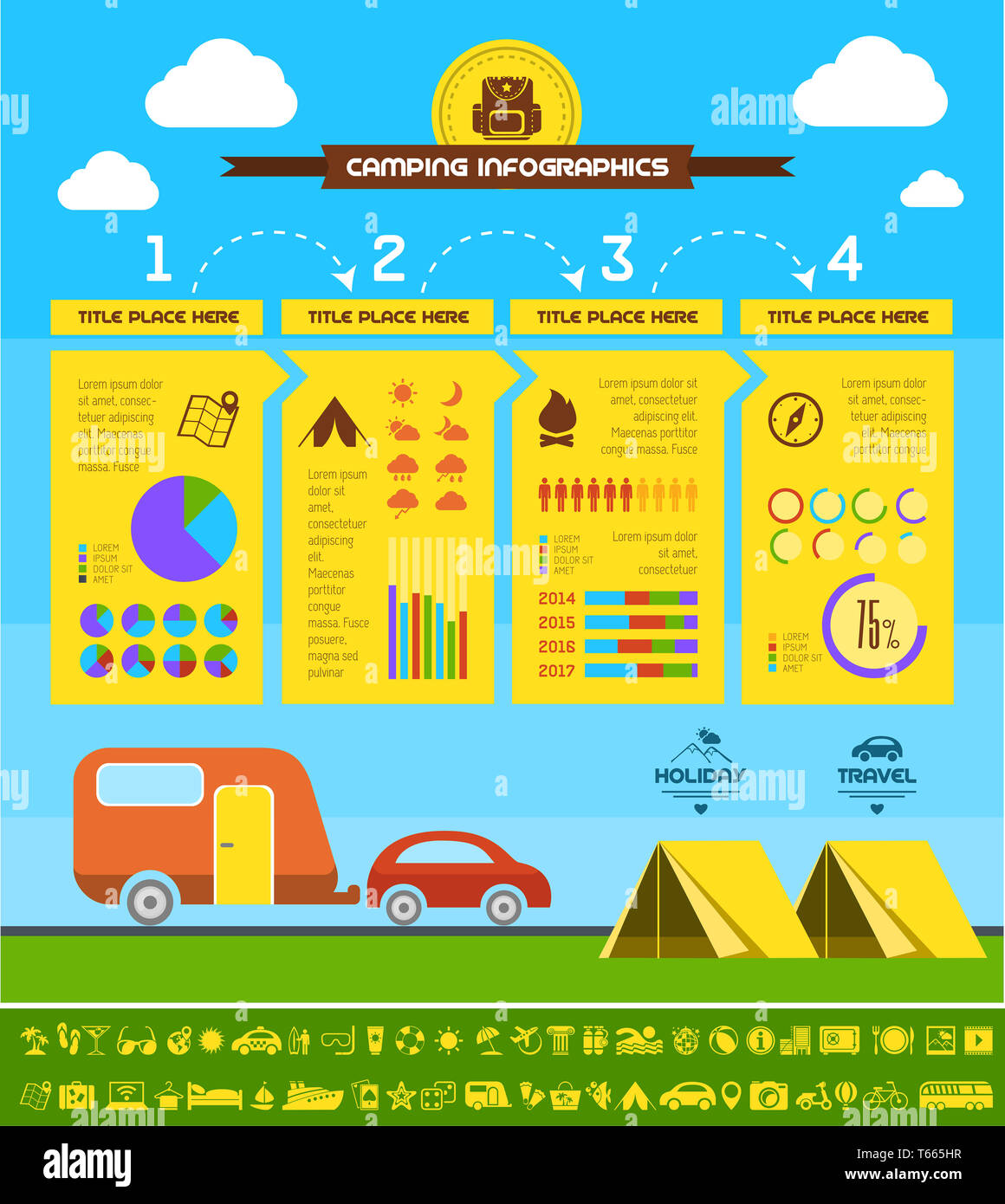The Ultimate Guide To Selling Camping Tents Online
The Ultimate Guide To Selling Camping Tents Online
Blog Article
Does Your Backpacking Camping Tent Required an Impact?
An impact is costly and includes added weight to your knapsack. It likewise isn't especially long lasting.
What is the lightest backpacking tent?
Ultimately, whether or not a camping tent footprint is required depends upon where and exactly how typically you're camping. As a whole, it's a great idea to use one if you camp on rough surfaces or in damp conditions.
Camping Tents with Lower Deniers and Waterproof Rankings
Outdoors tents with reduced deniers and water resistant scores have a tendency to be lighter, however they can likewise be more fragile. They may call for even more constant repair services and have less interior space than harder versions. If you're an informal backpacker that likes to travel fast and light, this might be fine; nonetheless, even more skilled hikers know that sacrificing resilience can come with large effects down the route.
The denier and water resistant score of a tent's canopy, rainfly, and flooring can aid you identify its livability. Search for higher-denier materials on the canopy and rainfly, as well as taped joints that assist avoid water from seeping via stitches. Some suppliers also make use of warm and sealant throughout building and construction to produce a stronger seam; these are called bonded joints.
The livability of a camping tent can also be determined by its flooring measurements and capability. A tent's flooring must be slightly smaller sized than the impact to avoid water from pooling under the sanctuary.
Outdoors Tents in Rough Terrain
Many backpacking outdoors tents consist of a footprint designed especially for their design, which assists ensure a correct fit and secures the tent's base from moisture and sharp things. Other manufacturers market universal footprints that can be reduced or folded to match a tent's measurements.
The kind of terrain you'll run into is one more essential factor to consider for selecting a tent. As an example, if you'll be camping in a canyon or gully, try to find a shelter that can take care of strong winds. These conditions develop turbulence that can make the distinction between appreciating your camping area or suffering pain.
The capacity and optimal height of a tent offer you a great idea of its livability, yet extra variables to think about include vestibules (the area of the rainfly covering the doors) and total storage area. As an example, throughout our winter screening of the Marmot Tungsten, its generous 93-by-82-inch flooring quickly handled 4 sweaty backpackers and their puffier shoulder period resting bags while still leaving enough space for gear and individuals.
Tents in Damp Conditions
Even if your outdoor tents appears completely dry, wetness lurks in the spaces and crannies. In time, it can degrade the material. That's why it's so important to benefit from day of rest to deep-clean your camping tent and its parts, such as zipper linings, stake loops and flexible webbing straps.
Additionally, make certain to pitch your tent in a level area, not a divot or concave place, so that ground water does not collect in between the camping tent flooring and footprint or tarpaulin. And if you're using an impact, consider a custom-cut one created for your tent's layout. It will not gather rain the method a common ground cloth or tarp can.
Technique setting up and taking down your outdoor tents in your home prior to you hit the trail, to obtain a feel for how promptly and efficiently you can do it. Additionally, practice surveying your tent in various surfaces to see exactly how easy it is (or isn't) to do in bad weather.
Outdoors Tents in High-Rise Situations
Tents vary in flooring size and livability. For instance, a large camping tent with twin doors and vestibules like Marmot's Tungsten can deal with 4 backpackers without requiring gymnastics to enter and out or to save equipment.
The minimum path weight requirements is the best specification to contrast models, as it consists of the bare basics: tent body, rainfly and posts. But remember that the spec excludes camping tent risks, guy lines and stuff sacks.
The majority of backpacking tents can stand up to a light summer season storm, however some can be unique hiking gifts swept away by gale-force gusts. Try to find a version with solid poles, an increased bathtub-style flooring and joint taping to lower the chance of water leaking with. Costlier layouts also have a tendency to include more powerful materials that can withstand the effect of particles and various other forces.
What are the best camping tents?
